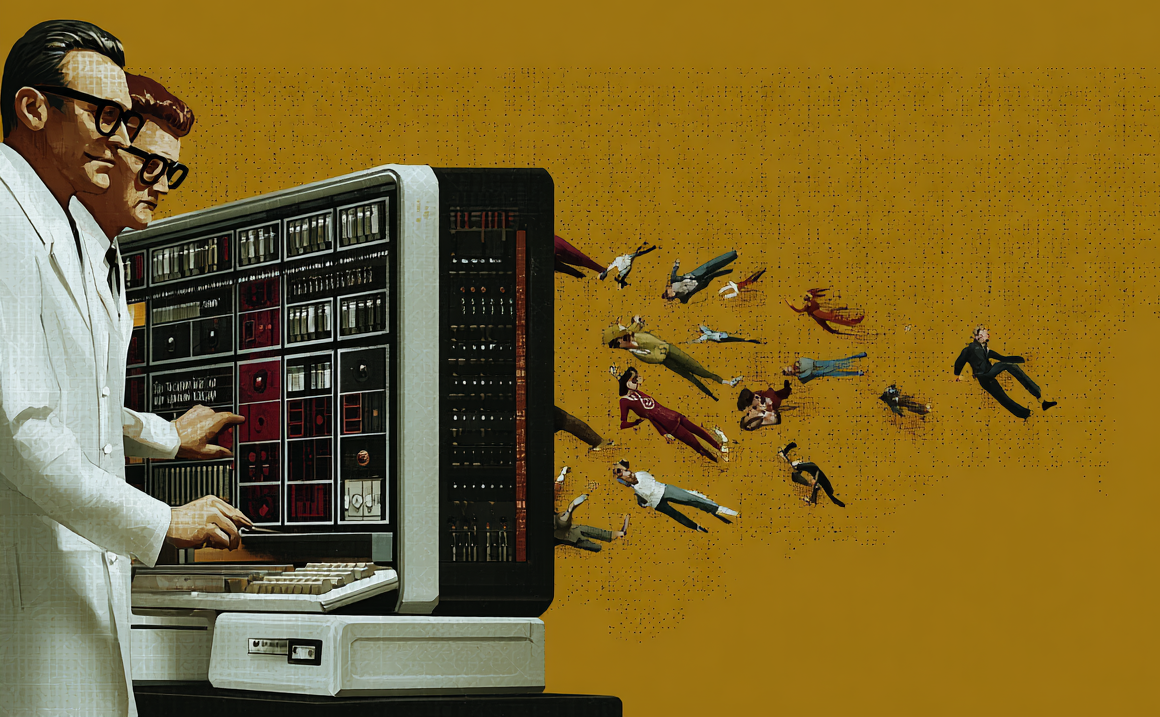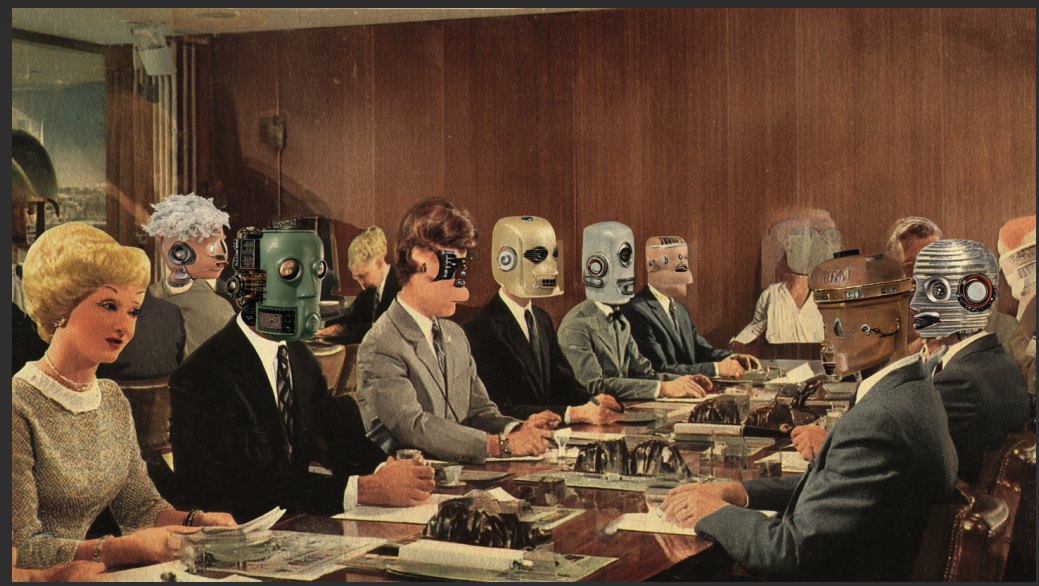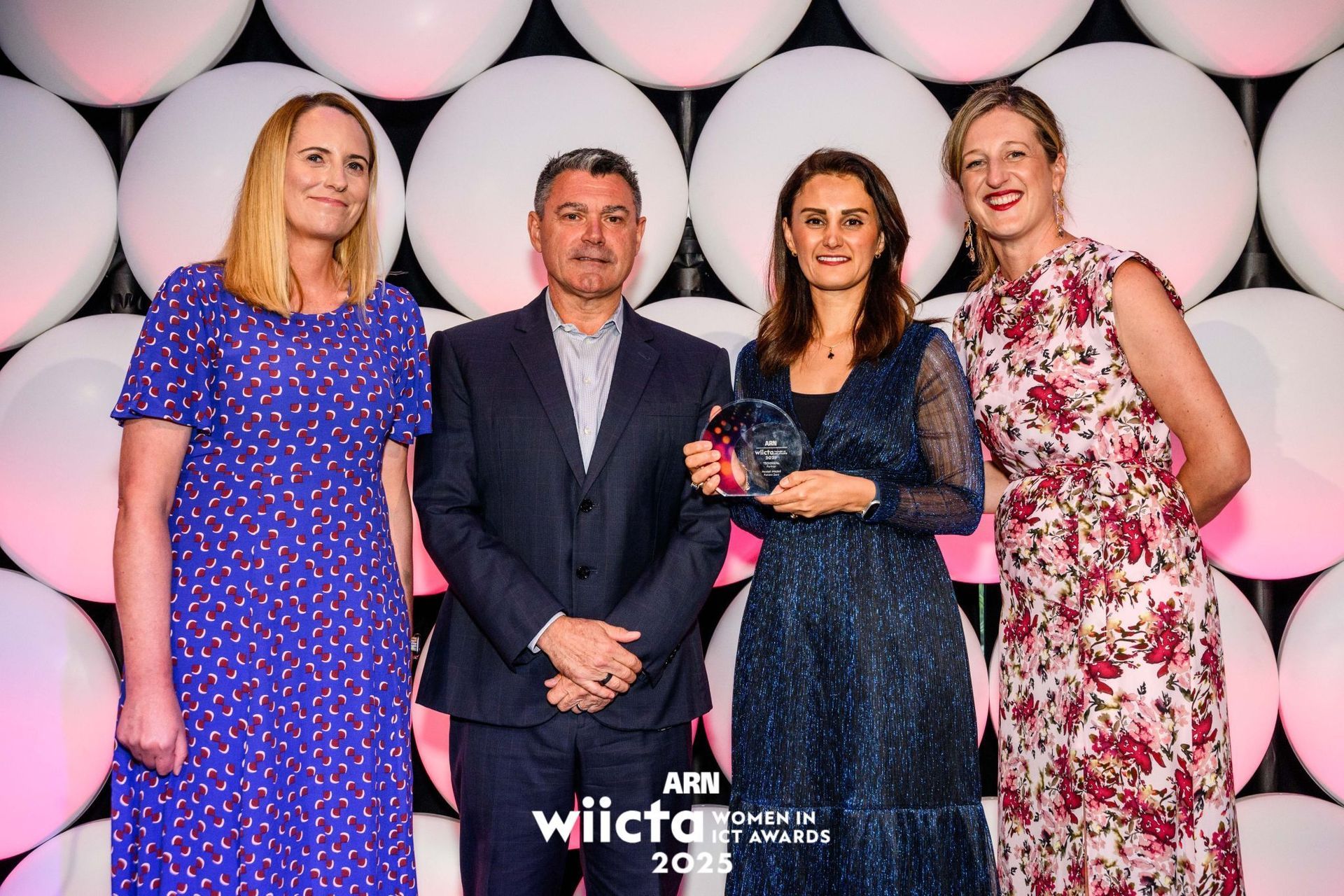Lessons from Gartner IT Symposium 2025: Reflecting on My Career Path and the AI-Hype Twist I Didn’t See Coming 10 Years Ago
At Gartner Gold Coast 2025, everything was about AI — automation, efficiency, disruption, predictions. AI, AI, AI. But in between all that noise, I found myself thinking about how I work, and how I’ve found working at Patient Zero. Some of the things they talked about, like trust, autonomy and team culture, are the things I’ve experienced here.
When Autonomy Is Real: From Scepticism to Trust
Ash Barty’s keynote really stayed with me. She said high-performing teams aren’t just about talent — they’re about trust. And her “no d…heads allowed” rule? Direct and to the point. But it was what she said next that stuck with me more: trust isn’t soft. It’s a competitive edge.
That hit me on a personal level.
A few years ago, in my interview with Patient Zero, they talked a lot about team autonomy, collaboration, and flexibility. It all sounded great — maybe too great. After working in different companies, across countries, for more than 20 years, I’d seen that kind of language in company slides before. Leaders often like the idea of autonomy — but when it’s their own team? They still want control. Flexibility sounds good too, but when it’s tested, most places just snap back to old habits. And don’t even get me started on what many places call “diversity.” Most of the time, it’s just in the photos — you’ll see different faces on the website, but behind the scenes, everyone still thinks the same way. That’s not real diversity.
So, I listened. But I didn’t believe it. Not really. Still, something told me to give it a go.
When I joined, nothing felt particularly different. I was busy coding, doing the usual. I forgot about all that stuff they’d said. But slowly, I started noticing I could make changes. I didn’t need permission or a formal role — I could just start. And even more surprising? The leadership team encouraged it.
That kind of trust isn’t just a performance. It’s real. And it shows up in small moments, not big announcements.
Ash was right. Trust outperforms talent. And at PZ, I’ve seen that autonomy and trust aren’t just talked about — they’re things you notice over time.
Navigating Generational Diversity with Attention and Respect
One of the big takeaways from Gartner was how we now have five generations working side by side — Boomers, Gen X, Millennials, Gen Z, and now Gen Alpha. Everyone talks about communication styles, but the real challenge is attention.
We live in a world where people switch tasks constantly. It’s harder than ever to focus. But for me, attention is more than just not being distracted — it’s about actually listening to people. Making sure they feel heard.
And that’s something I really care about. I don’t come to work to prove myself — not my knowledge, not my experience, not my seniority. I come to improve. I want to get better every day. Because that “prove yourself” mindset can create so much unnecessary conflict. I’ve seen it too many times. People cutting me off mid-sentence, rewording my ideas to make it sound like it was theirs. And I stayed quiet — not because I didn’t have something to say, but because I didn’t want to play those games.
But something shifted for me at PZ when I started working with a younger generation. I found myself trying to help them speak up and that helped me realise I needed to do the same for myself. Respecting others also means respecting yourself. I started being more present, more intentional — not just with others, but with how I carried myself, too.
This generational mix can be tricky. A Baby Boomer might expect full stops in every sentence. A Gen Alpha might read that same full stop as passive-aggressive. It can be confusing. But it’s also beautiful. If we can stay curious instead of defensive, we grow.
At PZ, the ratio between juniors and seniors is flipped. Previously, I’d worked in teams with one or two juniors and five or six seniors but now I work with more juniors and intermediates and just one or two seniors. And honestly, it’s been one of the best leadership lessons I’ve had. It’s not about showing you know everything. It’s about slowing down, creating space, and listening better — including to yourself.
AI Should Amplify Us — Not Replace Us
One thing Gartner made clear: AI is not about replacing people. It’s about amplifying them. And the numbers backed it — only about 1% of job losses were linked to AI by early 2025. That didn’t surprise me.
I’ve always loved tech that helps humans. Even at home — robot vacuums, a dishwasher with a timer — anything that gives me a bit of breathing room. But I’ve also learned that it’s easy to go too far and get dependent on the tools. We can’t afford to lose our edge. We need to help ourselves — and especially the younger generation — to keep sharpening our skills.
That’s why I care so much about cognitive skills. AI should support growth — not replace it. Let it handle the repetitive stuff, sure. But thinking, problem-solving, creativity? That still needs to come from us.
And this is where the level high of trust at PZ gives our teams an edge. Because teams didn’t need to wait around for permission, they just started experimenting with AI tools in ways that made sense for them. No pressure. Just readiness.
In my own team, I suggested we start a small internal open-source-style project — something fun to collaborate on for an hour every fortnight, just to experiment and learn AI programming together. I didn’t know how people would respond, but they loved it. The excitement was real. Everyone got involved. They brought their own ideas, their own energy.
It reminded me of that quote by Steve Jobs: “I didn’t hire smart people to tell them what to do — I hired them so they can tell me what to do.” And that’s what happened. These small things really do matter. We don’t need huge top-down strategies. We just need to take small steps and help each other get ready. Like one of the Gartner VPs said — AI is like a Swiss Army knife. It’s just a tool. But in the hands of people who are ready, it becomes something powerful.
Final Thought: It’s Not About Being Ready — It’s About Getting Ready Together
If there’s one thing I took away from Gartner this year and from the last few years of working at Patient Zero it’s this: The future isn’t going to wait for us to be perfectly ready. Whether it’s AI, generational shifts, or rethinking what team culture really means, none of it happens overnight.
But what does make a difference is being in a place where people are open, curious, and willing to try. A place where trust isn’t just a word. Where juniors are given space. Where seniors are still learning. Where you’re not told to prove yourself — you’re encouraged to grow. We don’t have all the answers. And that’s fine. But we’re asking the right questions. And we’re figuring it out together.
Share This Post
Get In Touch
Recent Posts





